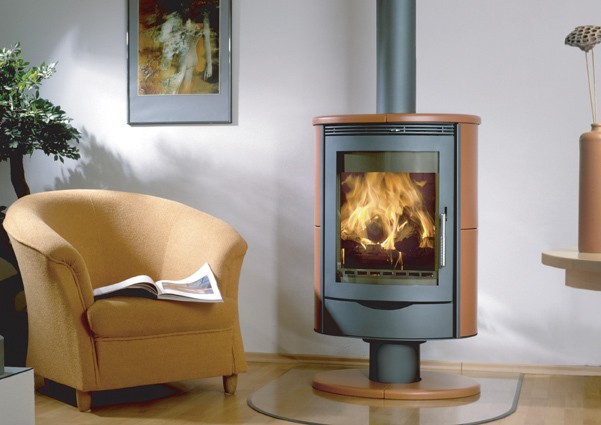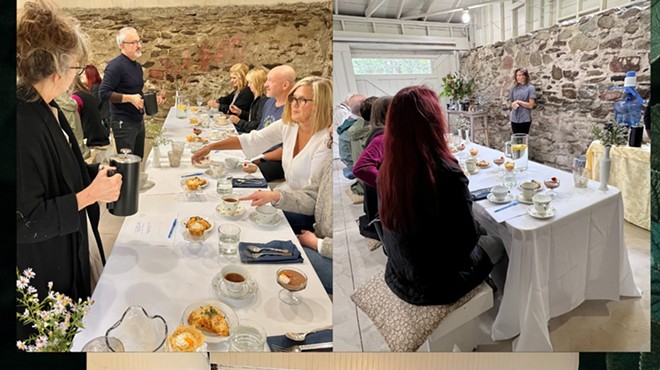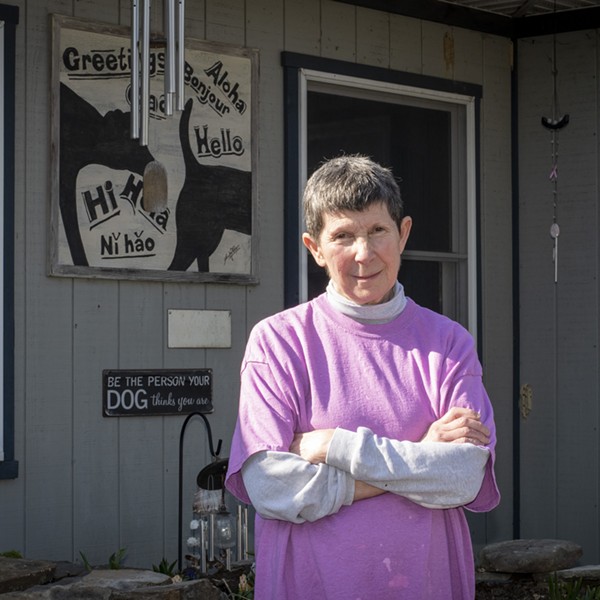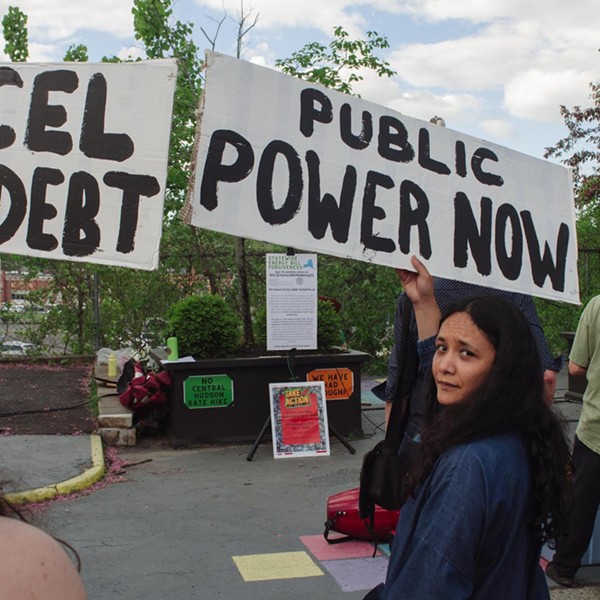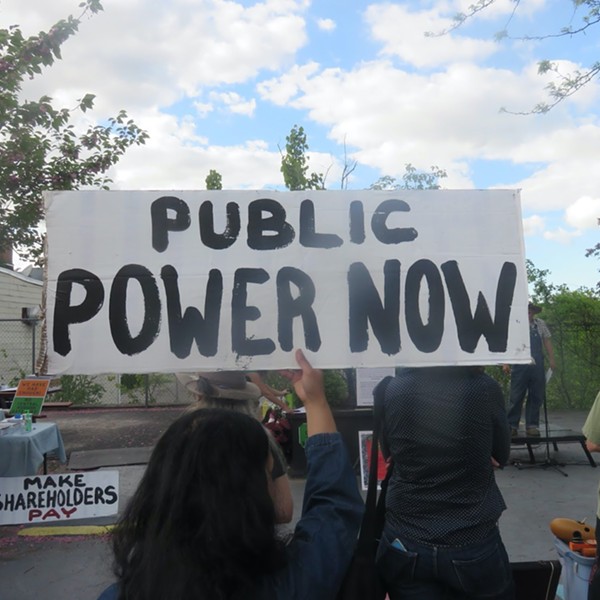Even in the best of times, it’s always prudent to reduce energy costs in the home. But with the economy stagnating and winter just around the corner, homeowners throughout the region are looking for ways to tighten up their houses as they tighten their belts.
With an emphasis on leaning green, how can homeowners save a bit of money while being kind to Mother Nature? We spoke to the experts for some tips.
THE ENERGY AUDIT
While there are a number of options available to homeowners, sometimes revealing those options is trickier than one might think. And that’s where a home energy auditor can help.
Peggy Atwood is Assistant Coordinator with Courtney Strong, Inc., a Kingston-based energy savings consultant firm linked to the New York State Energy Research and Development Authority (NYSERDA). She recommends a home energy audit as a means of ensuring the structure in question is given the attention it needs to function to its greatest capacity. “An audit looks at the entire structure as a living, breathing, holistic system,” Atwood says. “You look at how it all interacts together, and the audit will give you a blueprint of that.”
Atwood says an audit can reveal issues not generally traceable by someone without the experience to find them. “A lot of people look at the wall and the roof of their home and don’t see any openings, when in fact there are a lot of openings they aren’t aware of,” she says. “You can’t really see those until you have an audit done.”
A home energy auditor will thoroughly check out the home, generally only leaving behind a small hole drilled in the wall to determine the validity of its insulation. According to Atwood, insulation blown into the walls around 20 years ago might have settled up to 40 percent, rendering it far less effective as time passes.
Home energy audits can reveal a host of problems with simple and inexpensive fixes, Atwood says. And not doing a thorough job of assessing the situation is potentially far more costly in the long term than facing the problems head on.
Atwood estimates the average cost of a complete home energy audit is around $400, which might sound like a lot, but can often be recouped within the first year by enacting the recommended changes. And given what those audits reveal, that might not be as hard to believe as one might imagine. “The total accumulated energy losses that are usually discovered in about 90 percent of the homes is equivalent to having a six-foot hole in the wall,” Atwood says.
SIMPLE OPTIONS
Lucy Johnson, a professor of anthropology and the chair of the Vassar College Committee on Sustainability, says there are simple, small weather-proofing actions a homeowner can take, whether they decide to have a home energy audit or not.
“If you have an old house particularly, or any house where you might have air coming in through windows, clear plastic material with Velcro strips works well,” she says. The installation (a do-it-yourself job if you wish) includes passing the hot air from an ordinary household hairdryer over the material, which stretches it out and renders it almost invisible.
Johnson also suggests simple options like caulking around door frames and window frames, and swapping out old-fashioned lightbulbs for energy savers, unless the light is infrequently used. “If you have a light in the closet and you only turn it on when you go in for a coat, it’s probably not worth changing it,” she says.
Other easy things one can do without enacting wholesale changes are turning off any power strips associated with electronics and turning off the computer when they are not in use. “They chew energy when they’re on,” Johnson says.
Keeping indoor air temperature at realistic levels is easy and will save money, too. “Obviously if you find your house is warm enough in the winter that you need to open windows, you need to turn down the temperature,” says Johnson. “Don’t lose the energy that you’ve already paid for.”
Melissa Everett, Executive Director with Sustainable Hudson Valley, agrees. “Keep temperature no higher than you need it,” she says. “Changing your behavior doesn’t cost anything.” Bundling up is also an effective means of saving energy. “Sweaters are actually very fashionable,” Everett says. “I don’t believe in turning up our noses at managing our energy demand.”







